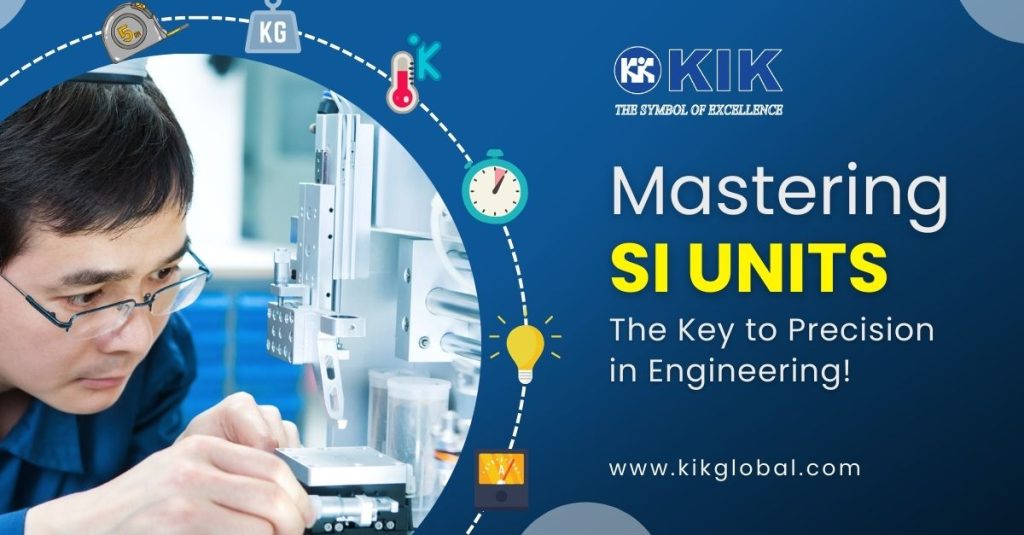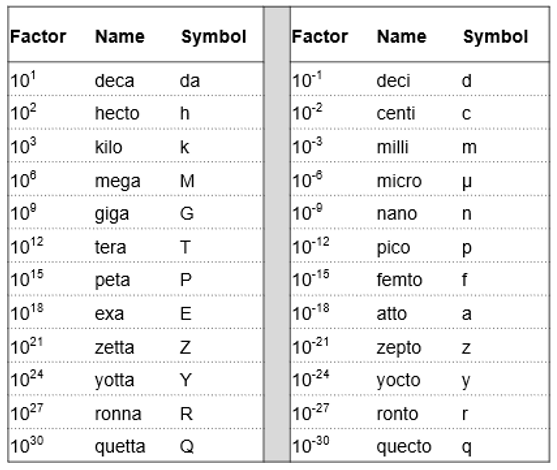
In the ever-evolving world of engineering and technology, accuracy is paramount. From nanotechnology to infrastructure, the International System of Units (SI) provides the universal language that keeps us all aligned. Whether you’re a seasoned practitioner or a new engineer, mastering decimal multiples and sub-multiples of SI units is essential
Why does it matter?
Using standardized SI prefixes allows us to communicate clearly across disciplines, work with precision, and stay competitive in global industries.
Look at the SI Prefixes chart below. These prefixes simplify how we measure very large or very small quantities—from giga for 10⁹ (billions) down to nano for 10⁻⁹ (billionths)
SI Prefixes

Note 1:- The SI prefixes refer strictly to powers of 10. They should not be used to indicate powers of 2 (for example, one kilobit represents 1000 bits and not 1024 bits).
The names and symbols for prefixes to be used with powers of 2 are recommended as follows:

Note 2:- For historical reasons, the kilogram is the only coherent SI unit that includes a prefix in its name and symbol. Names and symbols for decimal multiples and sub-multiples of the unit of mass are formed by attaching prefix names and symbols to the unit name “gram” and the unit symbol “g” respectively. For example, 10−6 kg is written as milligram, mg, not as microkilogram, μkg.
How does this apply to your field?
If you’re designing electronic circuits, working with nanoseconds and micrometers is routine. For renewable energy projects, you’re often dealing with megawatts or gigawatts of power. This global standard simplifies everything
Key takeaways:
- Efficiency: Prefixes like “kilo,” “mega,” or “nano” ensure quick and easy understanding.
- Consistency: Whether you’re in aerospace, medicine, or IT, SI prefixes create a common understanding.
- Precision: Communicate with exactness, which is critical in high-stakes fields.
New engineers, embrace these tools early! The SI system is the bedrock of precision in every project, from concept to delivery. Whether you’re calculating a kilometer of road or designing nanometer-scale materials, these units ensure you’re speaking the same language as professionals worldwide.
Stay sharp, stay standardized. SI units bring clarity and control to engineering processes globally.
